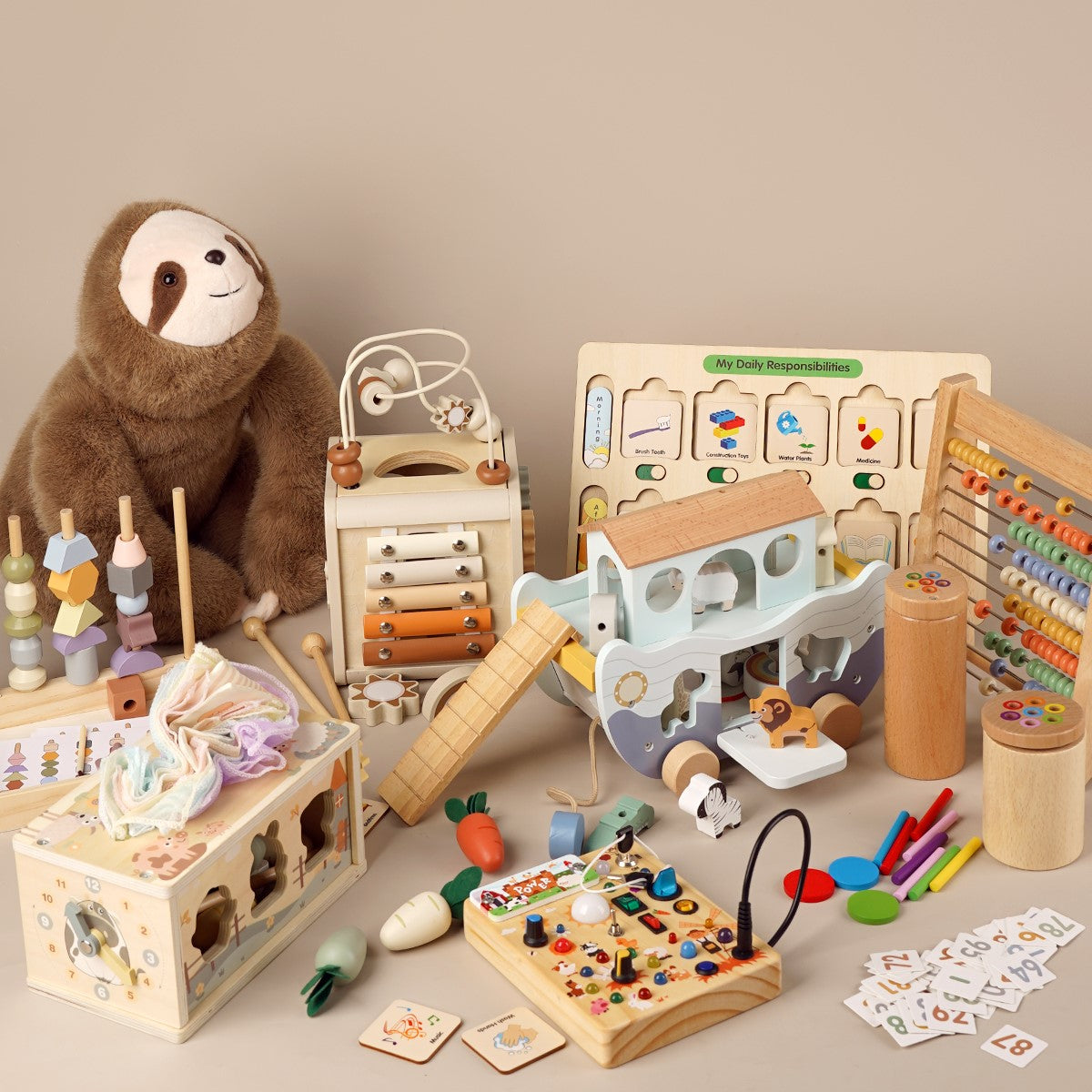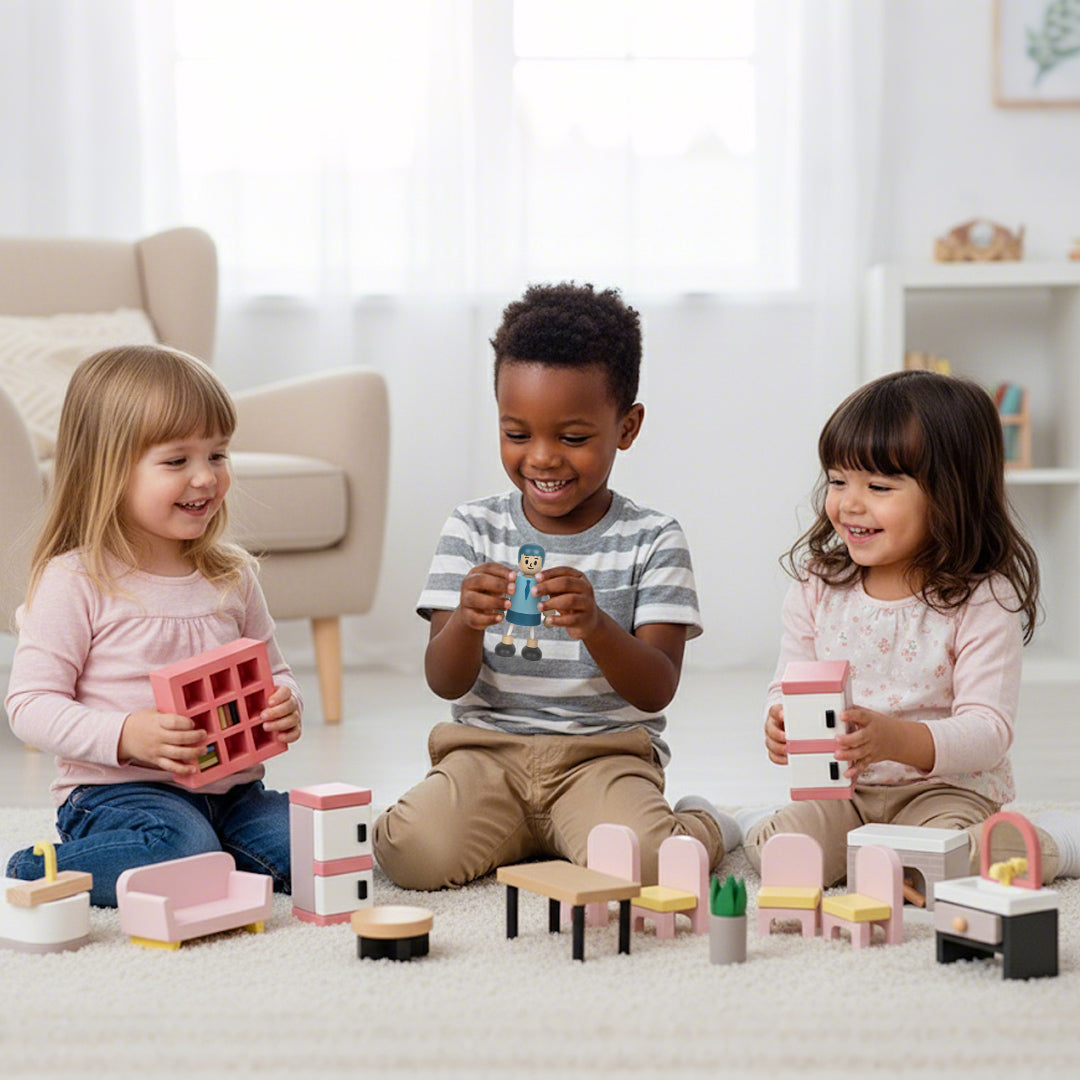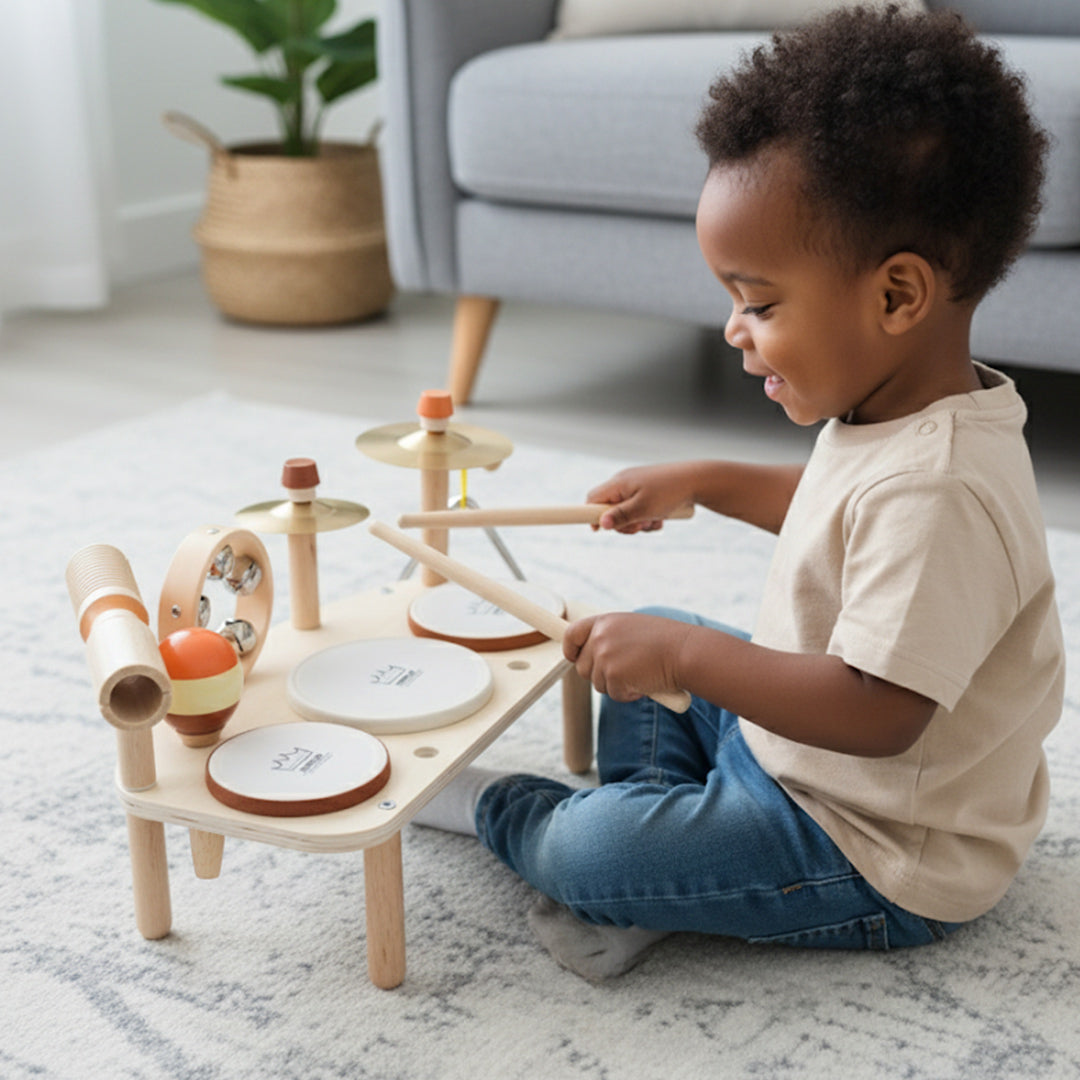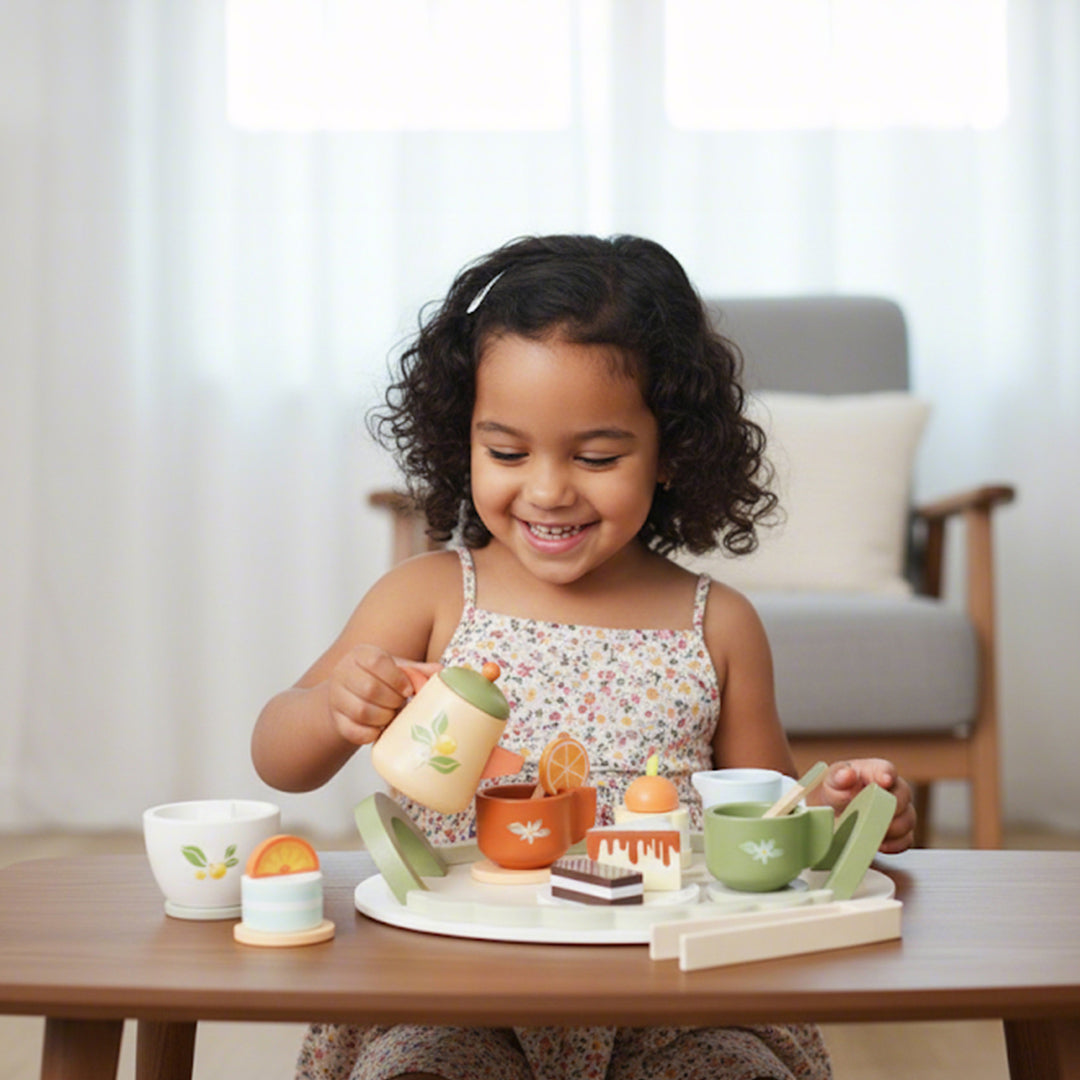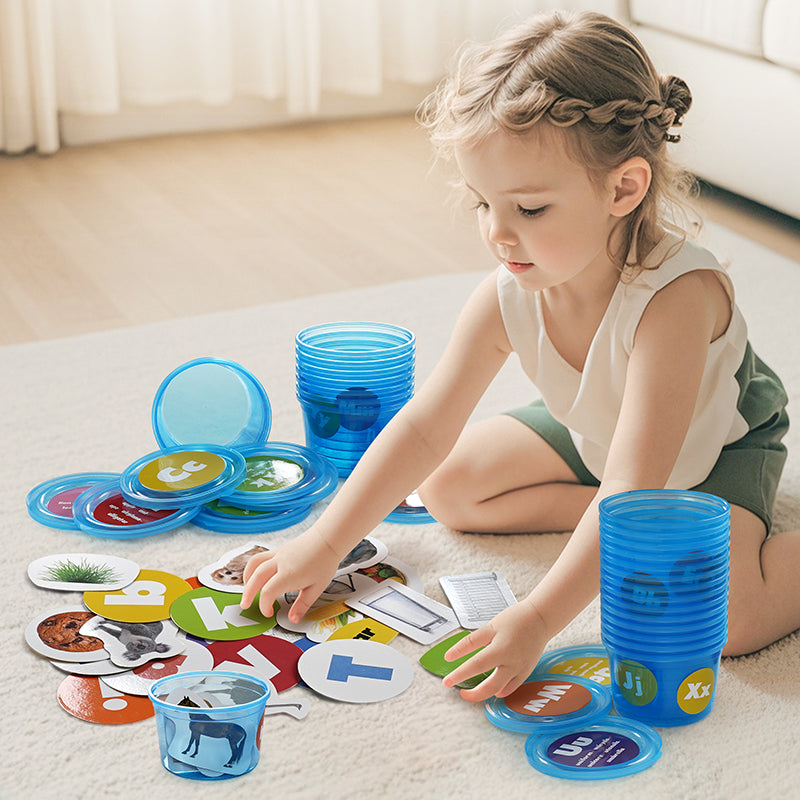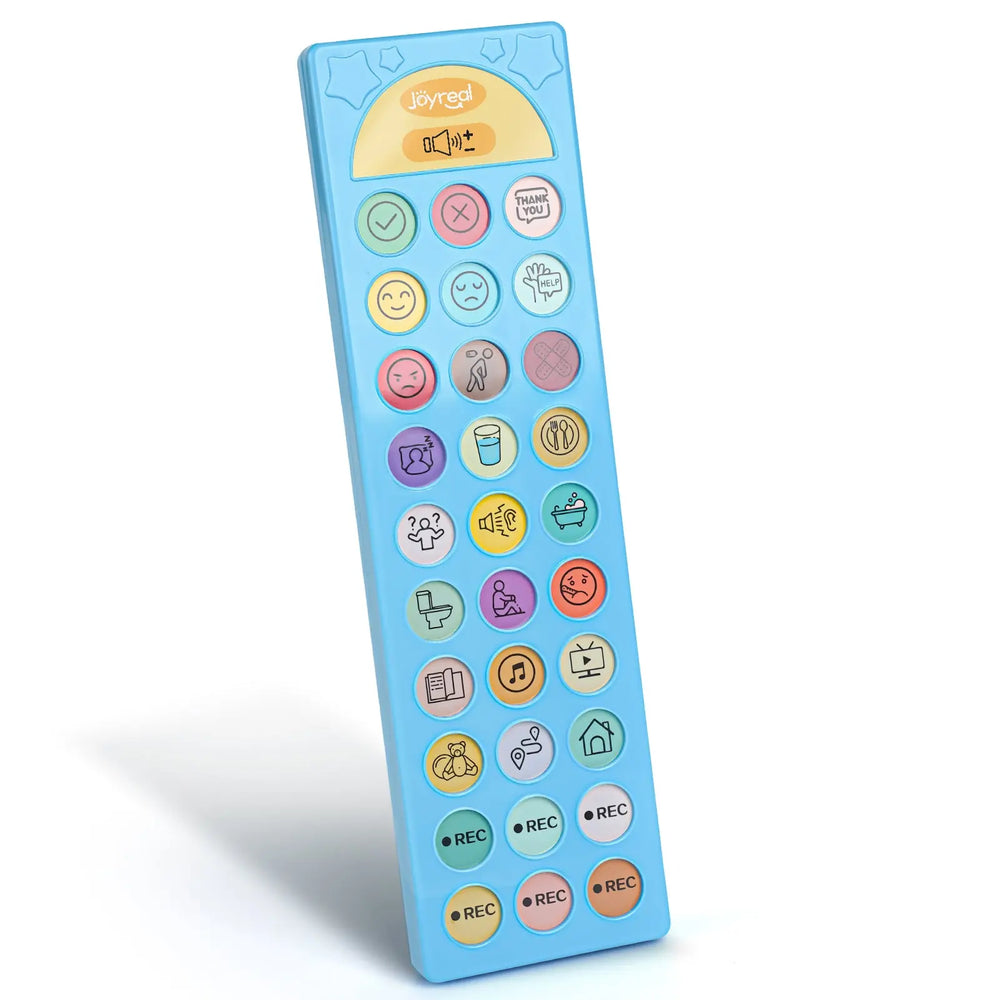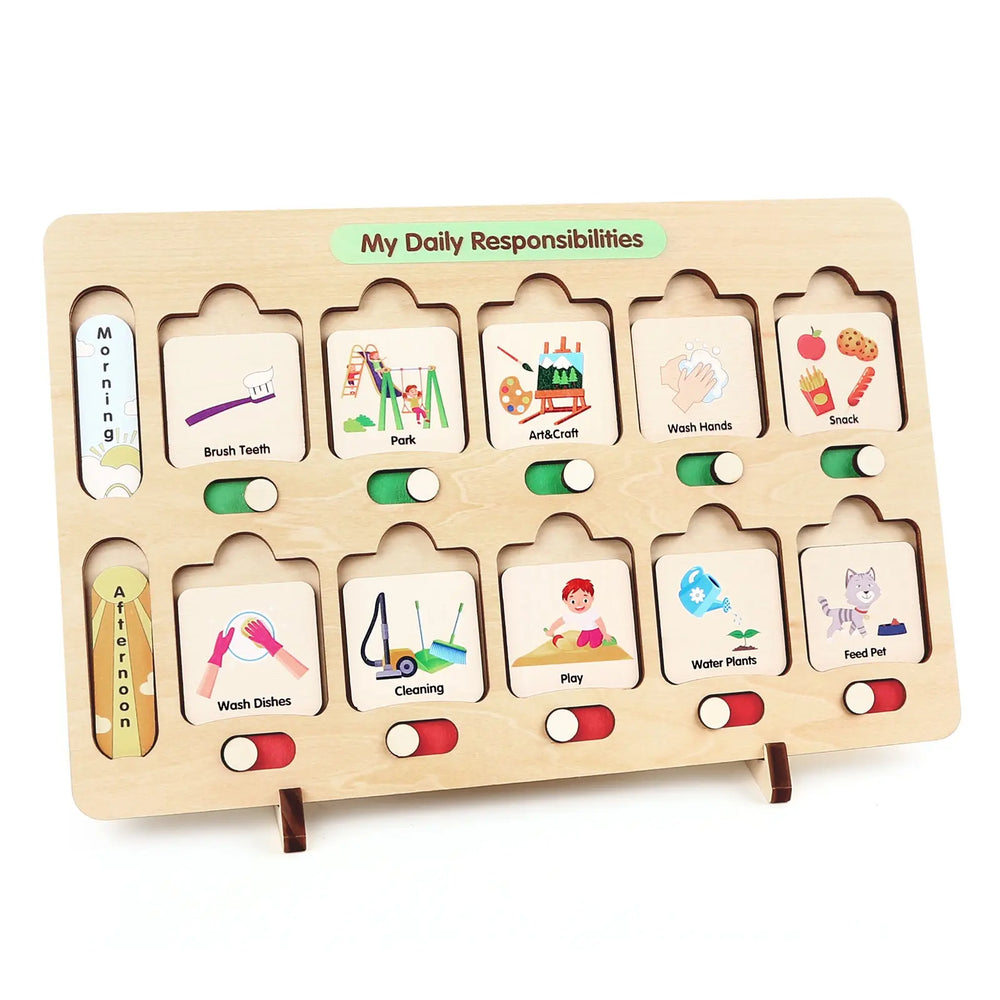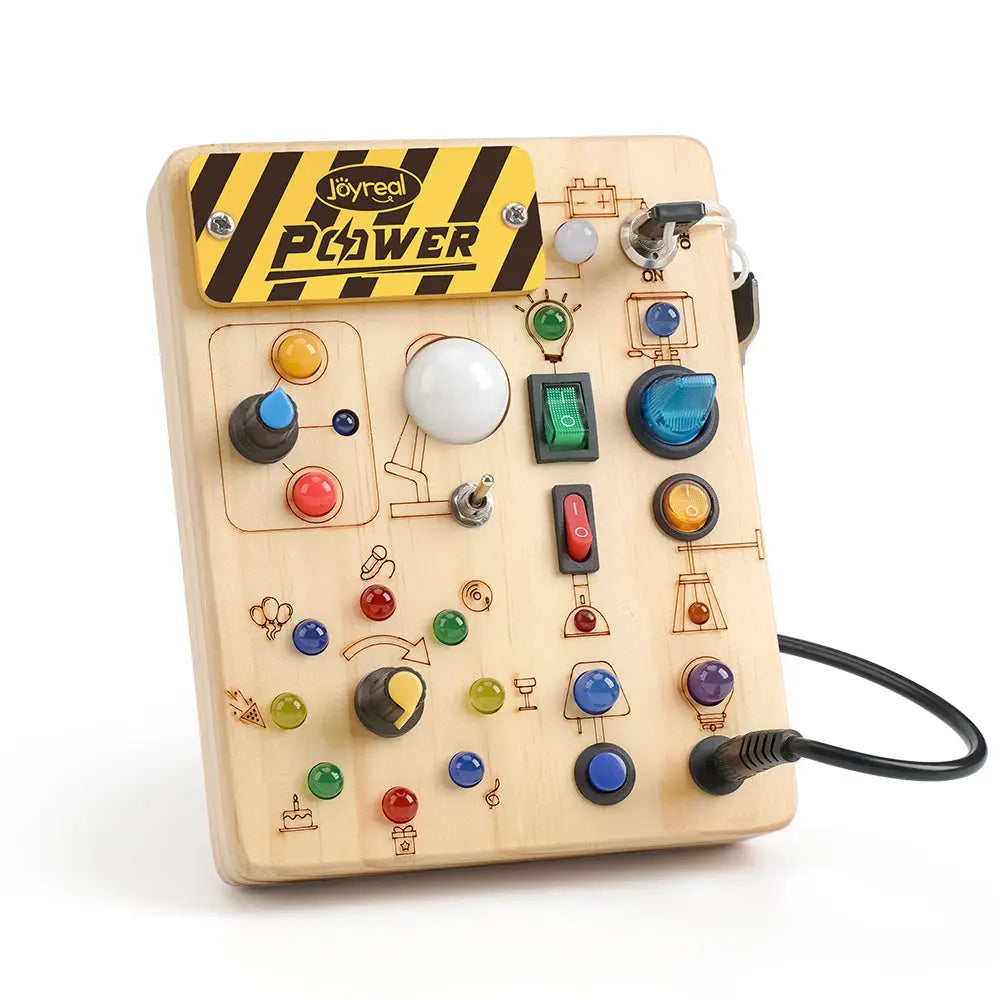Back-to-School Prep for Children with Autism: A Parent’s Guide

Back-to-school season can be a time of excitement, stress, and uncertainty for any family—and even more so for families of children with autism. Transitions can be particularly challenging for autistic children due to the changes in routine, unfamiliar environments, and new social dynamics. However, with thoughtful preparation and support, you can help your child navigate the return to school with greater confidence and comfort.
Helping children with autism transition into a new school year can be made more effective and supportive by using visual schedules and augmentative and alternative communication (AAC) tools. These strategies help reduce anxiety, promote independence, and gradually build verbal communication abilities.
Start Early: Preparing Your Child for Change
Early preparation is crucial in reducing anxiety and setting your child up for success. The more predictable the transition, the less overwhelming it will be for your child.
- Adjust Sleep Schedules: Gradually shift your child’s bedtime and wake-up times to align with the school schedule. This will help ease the transition and reduce sleep-related challenges.
- Familiarize Your Child with the School: If possible, take your child on a tour of the school before the first day. Show them key areas like the classroom, cafeteria, bathroom, and playground. Taking photos of the school environment can also help them visualize the new setting.
- Create a Visual Schedule: Use a visual calendar or daily schedule with pictures to help your child understand the daily routine. A visual schedule provides predictability, which can reduce anxiety.
Using Visual Schedules to Structure the School Day
Visual schedules are a valuable tool for children with autism, offering numerous benefits that help them navigate daily routines with ease. By providing a clear, predictable structure, visual schedules reduce anxiety and enhance communication, making transitions smoother and more manageable. They support independence by allowing children to follow routines with minimal adult assistance, while also helping with time management and reducing distractions. Visual schedules also facilitate social interactions by setting clear expectations for activities and behaviors. With consistent use, visual schedules empower children with autism to feel more confident, organized, and in control of their environment.
- Picture Schedules: Use images or icons for each activity (e.g., a book for reading, a plate for lunch).
- Color Coding: Use different colors for types of activities (e.g., red for academic tasks, green for breaks).
- Transition Support: Include visuals for transitions or breaks to help children shift between activities.
- Flexible Updates: Adapt the schedule as needed throughout the day to reflect changes in routine.
Example:
- 8:00 AM – Morning Reading (📖)
- 8:30 AM – Math Class (🔢)
- 9:30 AM – Snack Break (🍎)
- 9:45 AM – English (🔤)
By starting early and gradually introducing new routines, you can help your child feel more secure as school approaches.
Using Fun and Engaging Language Tools for Early Learners
The transition into school can be particularly challenging for children with autism, who often face difficulties such as sensory overload, social anxiety, and trouble interpreting social cues. To ease this adjustment, especially in the early stages of education, it’s crucial to choose communication tools that blend learning with play. Engaging, fun, and interactive tools not only capture a child’s attention but also encourage them to practice communication in a way that feels natural and enjoyable, helping to reduce stress and build essential social skills.
While there are many specialized Augmentative and Alternative Communication (AAC) devices on the market designed to assist children with speech and communication, these tools are not always the best fit for every child. Many of aac devices for autism can be complex to use, which might overwhelm children who are already dealing with anxiety or sensory sensitivities. Therefore, it’s important to select communication aids that are not only functional but also engaging, especially for young children in kindergarten or early elementary school.
Example of Child-Friendly Speaking Tools:
For instance, tools like the Joyreal AAC communication device, which combine learning and play, are ideal for children with autism to practice expressive language. This toy helps children effectively communicate their emotions and needs in a way that feels natural and fun. Children can express feelings such as
- “I need a break.”
- “I want water.”
- “I feel sad.”
 Gianna’s parents have truly maximized the potential of the Joyreal AAC device. Let’s take a look at how Gianna has seamlessly integrated the Joyreal AAC device into her daily life.
Gianna’s parents have truly maximized the potential of the Joyreal AAC device. Let’s take a look at how Gianna has seamlessly integrated the Joyreal AAC device into her daily life.
Reference: https://joyrealtoys.com/blogs/news/joyreal-communication-device-the-top-choice-for-autism-families
Sensory Toys for Autism: Supporting Sensory Development
In addition to communication tools, sensory toys are also highly beneficial, especially in the early stages of autism. Sensory toys help children explore, process, and regulate sensory input, which is often a challenge for children on the autism spectrum. These toys support the development of sensory awareness and can improve focus, relaxation, and overall engagement in learning activities.
Benefits of Sensory Toys:
- Soothing and Calming: Toys that engage touch, sight, or sound can help children self-regulate and reduce anxiety, such as sensory balls, fidget spinners, or textured fabrics.
- Promoting Motor Skills: Toys like squeeze toys or playdough encourage fine motor development while also providing sensory feedback.
- Improved Focus: Sensory toys like weighted blankets or calming light toys can help children focus on tasks by offering sensory comfort.
- Enhancing Emotional Expression: Sensory toys can also help children connect with and express their emotions. For example, toys with different textures can be used to teach the child about comfort or distress through sensory exploration.
Example Sensory Toys:
- Fidget Toys: Items like fidget cubes or spinners are great for children who need to keep their hands occupied to stay calm and focused.
- Textured Balls: These provide tactile input, helping children explore different sensations and calm themselves when overstimulated.
- Squishy Toys: These can help children release tension and express physical stress in a safe and controlled manner.
These sensory toys for autism are particularly useful during transitions or when children are asked to engage in tasks that may be overwhelming. They provide a non-verbal outlet for stress, allowing children to cope in their environment more effectively.

Developing Speaking and Social Communication Skills
Beyond tools, communication skills are best nurtured through consistent interaction, structured practice, and positive reinforcement.
Practical Approaches:
- Responsive Interaction: Encourage back-and-forth communication by responding to the child’s verbal and nonverbal cues.
- Role Play and Social Scripts: Use pretend play and real-life scenarios (e.g., “shopping,” “asking for help”) to teach appropriate language use.
-
Reinforcement and Praise: Reinforce any attempt at communication—verbal or assisted—with encouragement and tangible rewards if needed.
Conclusion
Supporting children with autism at school start doesn’t have to be a daunting task. By selecting the right tools and fostering a supportive environment, we can help children build the communication skills they need to thrive both academically and socially.
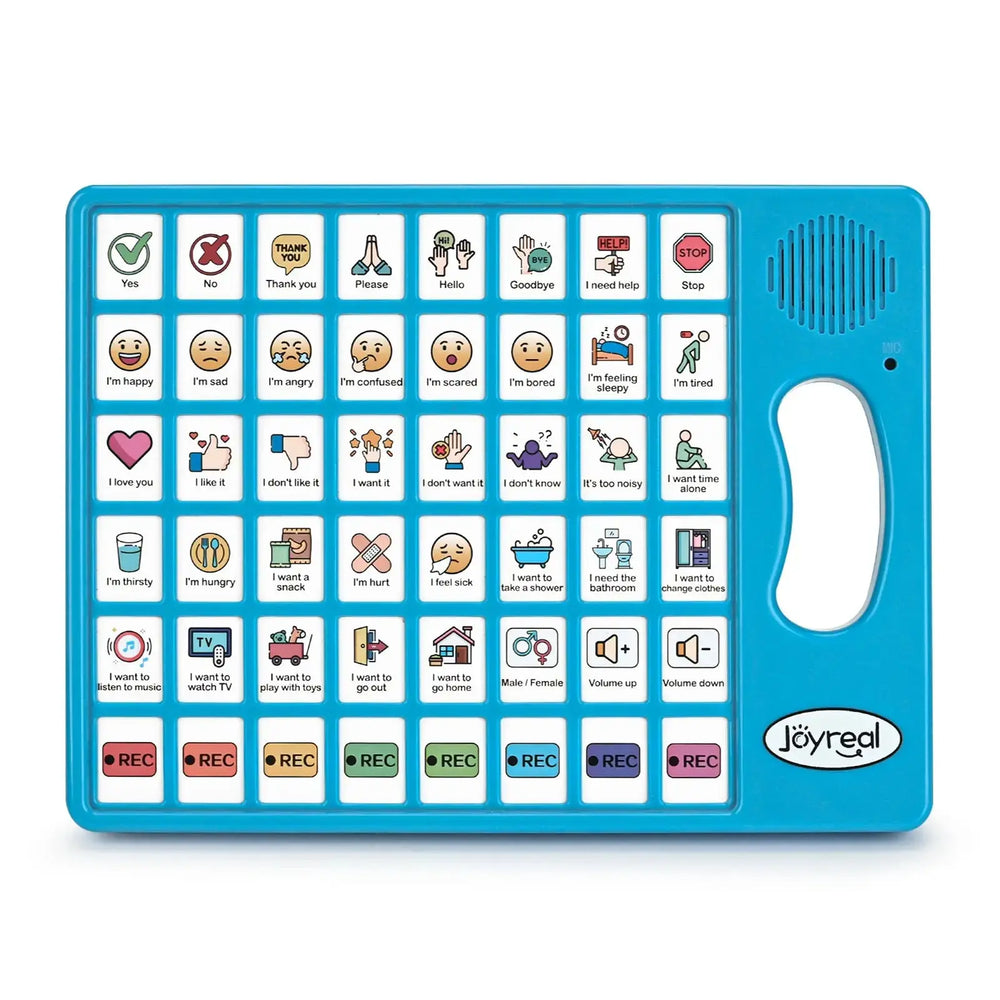
Maybe it will be helpful for you:
Recent Post

What Finally Helped My Toddler Speak Up?
If you’re a toddler mom, you already know how much emotional weight...

Joyreal Christmas Toys Deals 2025
Enjoy instant savings across nearly every category, from early lear...

How Wooden Montessori Toys Support a Sustainable Childhood
Most parents don’t say it out loud, but many feel the same quiet fr...

Top Christmas Gifts to Help Kids Communicate Better This Holiday Season
The holiday season brings joy, family bonding, and endless opportun...

How to Make DIY Printable Communication Boards
Communication is at the heart of every child’s development — and fo...

Top 5 Christmas Gifts That Bring Families Closer (2025 Guide)
Christmas isn’t just about the gifts — it’s about the moments we c...

Top Musical Christmas Gifts for Toddlers & Preschoolers 2025
Why Musical Gifts Are Perfect for Toddlers and Preschoolers Music h...

Joyreal AAC Devices Wholesale Partner
In today’s educational and therapeutic environments, speech therapi...

Joyreal AAC Device – Big Sale for Autism & Speech
Every Voice Deserves to Be Heard Imagine your child looking up at y...

How to Choose Safe & Educational Toys for Christmas 2025
When “Just a Toy” Means So Much More If you’re a parent, you know t...
